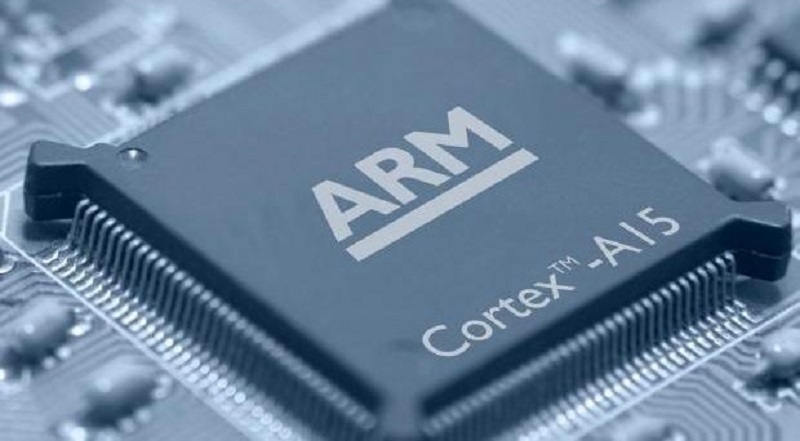
Artificial Intelligence is generally considered a software trend only possible on big, powerful devices or those powered by the cloud, given the amount of processing and decision making required for much of its logic. Edge AI is becoming one of the biggest trends in technology which sees a lot of the AI processing happen on the chip itself, removing the need for a device to run heavy software or even connect to the cloud for some form of AI processing. Because why wait for a robot to take over the world when your fridge can beat you into submission instead.
ARM is reportedly (via The Verge) working on two new chip designs capable of this with the Arm Cortex-M55 and the Ethos-U55, a neural processing unit meant to pair with the Cortex-M55 for more demanding use cases. What makes these new chips apparently quite unique though is that they are not intended for phones or tablets, but rather for IoT devices that typically wouldn’t have any form of AI processing requirements, with the idea of expanding AI processing across a wider range of devices.
As for the specifics, the company says these chips offer up to a 15x improvement in machine learning performance and a 5x improvement in digital signal processing performance compared to previous Cortex-M chipsets. For truly demanding edge AI tasks, the Cortex-M55 (or older Cortex-M processors) can be combined with the Ethos-U55 NPU, which takes things a step further. It can offer another 32x improvement in machine learning processing compared to the base Cortex-M55, for 480x better processing than previous generations of Cortex-M chips. This might sound like Greek to many, but what should be taken from it is that these chipsets are essentially optimised for the sort of logic require for AI processing and make things a lot faster.

Now, the reason for wanting to have a comprehensive AI processing in a device such as this might not be immediately apparent, but no doubt giving manufacturers the opportunity to utilise it will open up a world of possibility for them and likely see some unique ideas and concepts that typically couldn’t have been done on devices not expected to run heavy processors.
The benefits of running AI processing on a device itself, instead of in a remote server, offers big benefits to privacy and speed for handling these requests and is definitely an appealing option for both manufacturers and consumers. It will be the use cases themselves though that will determine how well utilised they become.
Like ARM’s other chips, ARM won’t manufacture the new designs themselves. Instead, they will serve as blueprints for a wide variety of partners to use as a foundation for their own hardware.
Last Updated: February 11, 2020





















Hammersteyn
February 11, 2020 at 20:14
I hope ARM has the LEGS to pull through
HairyEwok
February 12, 2020 at 09:59
Sure give AI a wider reach, a longer ARM if you will. What could possibly go wrong.